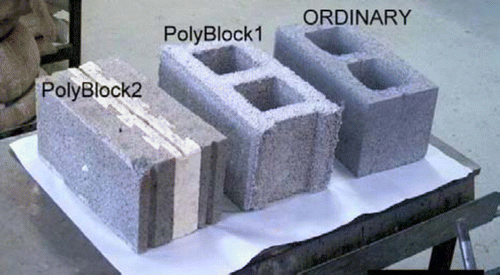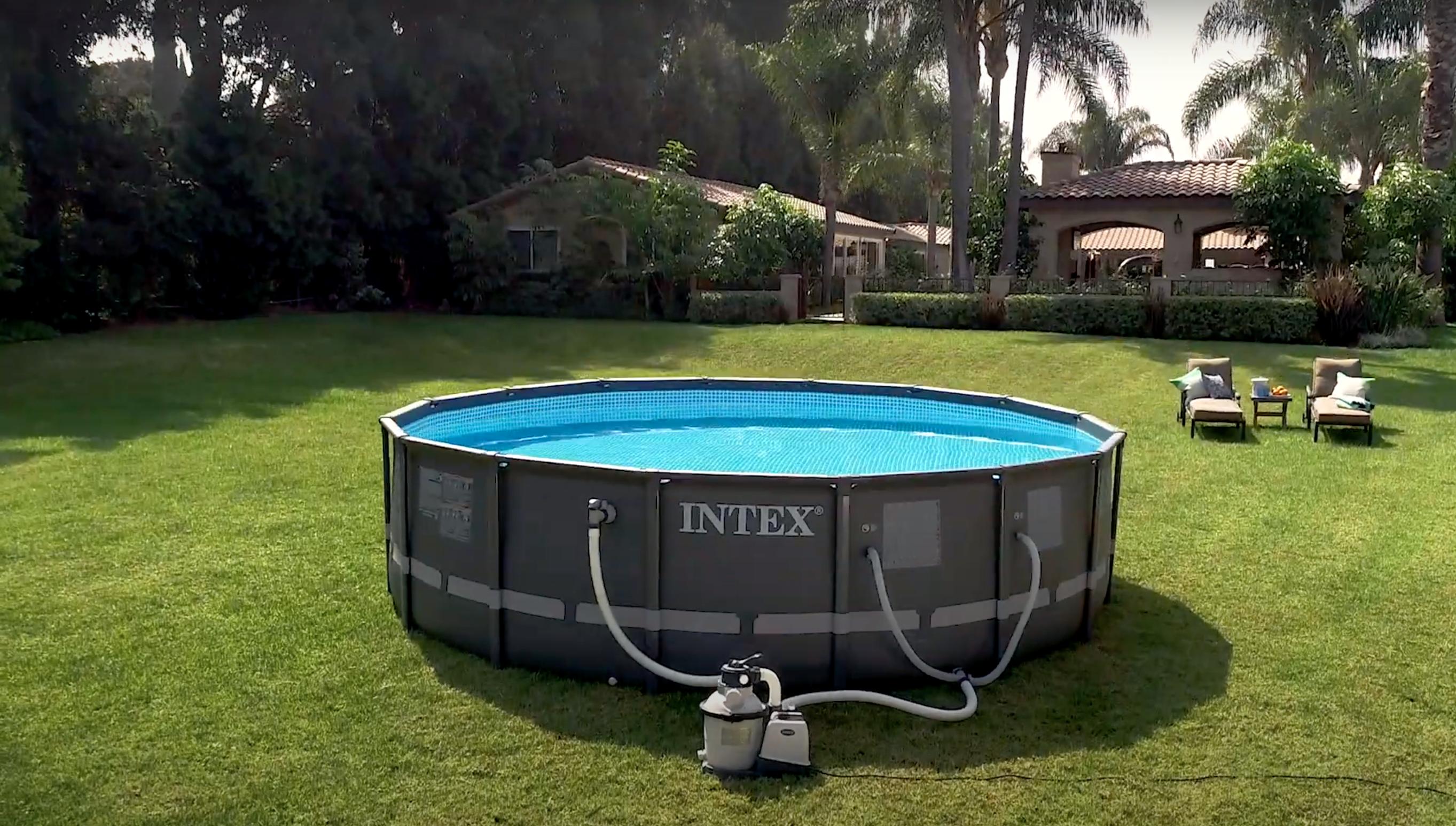
If you own a swimming pool that you no longer want to use, you may want to consider removing it. You can save a lot on maintenance and your electric bills. It is expensive to remove a pool. There are many different factors that influence the cost of a swimming pool removal project. It all comes down to the size, shape, materials, and location.
It can cost as much as $9,000-$19,000 to remove a large, inground pool. To complete the job, you will need to hire a team. You'll also need equipment to rent. A demolition plan and permits are also required. Many local governments have rules about removing pools. These rules can differ from one city or another, and some cities require specific protocols to fill in pools.
Concrete and gunite cost the most to remove. Vinyl is cheaper but requires more cutting. Fiberglass, on the other hand, is much less expensive to remove. It depends on what type of pool you have.

The number of objects added to the pool will also add to the cost. Concrete is heavier and therefore requires more equipment. Above-ground pools can be a bit more expensive. But you'll still have to drain the pool and haul the shell away. Hiring a contractor can help you avoid drainage issues.
Before you start, it is important to get permission from the owner. There are serious consequences for trespassing. Additionally, a permit may be required and could take upto three weeks for one to be obtained.
Before you start, decide the material you want to use. Most pools are made from a mixture of gravel and dirt. This creates a foundation that will support the new structure. You could also use steel and vinyl. It is important that you allow enough room for topsoil. This will ensure that the soil stabilizer fabric does not remain after the pool is removed.
Once you decide what pool material you want, you will need to estimate the time it will take to remove it. A complete pool removal can take between three to seven days. Partial removal takes a shorter amount of time. Depending on your local regulations, you may need to pay for an engineer to perform the work.

Before you begin to tear down your pool's walls, it is necessary to take out all electrical and plumbing components. Also, getting rid of your pool will help you save money on insurance premiums. Moreover, it will save you on seasonal maintenance. It can also make your home look amazing.
Concrete pools need to be removed with heavy equipment. It is necessary to remove the inground pool and haul it away. If you don’t own a truck, you may be able locate a company nearby to help.
FAQ
Are permits necessary to renovate my property?
Yes. Permits will be required for any home-improvement project. You will require a building permit as well as a plumbing permit in most cases. You might also require a zoning permission depending on which type of construction is being undertaken.
Should you do floors or walls first?
It is the best way to begin any project. It is essential to consider how the space will be used, who will use it, and why. This will help determine if flooring or wall coverings are best.
You can choose to put flooring in the first place if you decide to open up your kitchen/living space. If you have chosen to make this room private then you could opt for wall coverings instead.
How do you make a house look new?
When renovating a home without spending money, the following steps should be followed:
-
Make a budget plan
-
Find out what materials are required
-
You must decide where to place them
-
Make a list.
-
Calculate how much money is available
-
Plan your renovation project
-
Get started on your plans
-
Do your research online
-
Ask family and friends for their help
-
Get creative
What should you consider when buying your next home?
Before purchasing a new home, make sure that you have enough money saved up to cover closing costs. Refinancing your mortgage might be an option if you don’t have enough cash.
Statistics
- Most lenders will lend you up to 75% or 80% of the appraised value of your home, but some will go higher. (kiplinger.com)
- According to the National Association of the Remodeling Industry's 2019 remodeling impact report , realtors estimate that homeowners can recover 59% of the cost of a complete kitchen renovation if they sell their home. (bhg.com)
- A final payment of, say, 5% to 10% will be due when the space is livable and usable (your contract probably will say "substantial completion"). (kiplinger.com)
- Rather, allot 10% to 15% for a contingency fund to pay for unexpected construction issues. (kiplinger.com)
- It is advisable, however, to have a contingency of 10–20 per cent to allow for the unexpected expenses that can arise when renovating older homes. (realhomes.com)
External Links
How To
How much should I spend on restoring my house?
The cost to renovate your home will vary depending on how many rooms are being renovated, which type of renovations you do, where you reside, and whether or not you are hiring professionals. Depending on the size and scope, renovations can cost anywhere from $10,000 to $50,000.
If you are planning on selling your home after the renovation, it is likely that you will receive less than the market price if you do not account for the costs of repairs, improvements, and upgrades. It is possible to lose money if your home looks shabby before you sell. If you put enough effort into making your home look great, it will increase the price you receive when you sell it.
Consider these factors to help you decide which project to tackle first.
-
Your budget. You can start small if you have limited funds. Start small. For instance, you could tackle one room at once, such as replacing flooring or painting walls. A contractor who specializes is kitchen remodeling can be hired to make significant changes in your home without spending a lot.
-
Priorities. You decide what you are going to do with your home. You should not limit your efforts to one problem. Even minor problems can quickly add up. You might have to replace your roof sooner than you thought if it leaks each time it rains.
-
Your timeline. Consider your timeline. You wouldn't, for instance, want to put hardwood floors in your new house or change the bathroom fixtures if you plan to move next year. For these types of updates, you may wait until your house is sold to make the necessary changes.
-
Your skills. If you are unable to do a certain task, get someone else to do it. You might hire a cabinet maker if you don't have the skills to build custom cabinets.